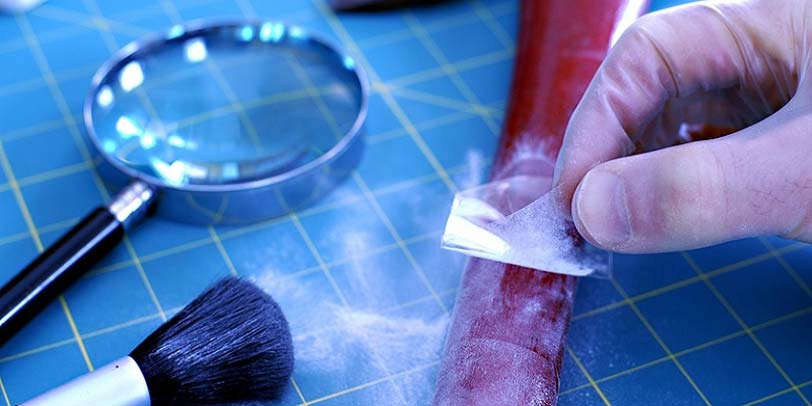The Voice of Justice – Unveiling the Secrets of Forensic Voice Analysis
In the intricate realm of criminal investigations, forensic voice analysis emerges as a potent tool, revealing a symphony of secrets hidden within the cadence of spoken words. This sophisticated branch of forensic science delves into the unique acoustic fingerprint of an individual’s voice, unraveling a tapestry of clues that can either exonerate or implicate. At the heart of this investigative marvel lies the recognition that every voice carries distinctive characteristics, akin to a sonic signature, shaped by an individual’s physiology, linguistic patterns, and emotional nuances. Forensic voice analysis, often employed in cases where audio evidence plays a pivotal role, employs cutting-edge technology to dissect speech patterns, pitch, tone, and even the subtlest vocal idiosyncrasies. The journey into the secrets of forensic voice analysis begins with the meticulous collection of audio samples, capturing the suspect’s voice in various emotional states and contexts. Advanced algorithms then come into play, dissecting the acoustic intricacies with an unparalleled precision that human ears might miss.

Spectrograms, pitch graphs, and waveform analyses become the forensic investigator’s palette, unraveling a narrative encoded within the wavelengths of sound. The voiceprint, akin to a digital fingerprint, emerges as a unique identifier, serving as the foundation for comparison and identification. One of the remarkable applications of forensic voice analysis lies in speaker identification, where investigators can link an anonymous voice to a known individual. Whether it be a threatening phone call, a ransom demand, or an incriminating audio recording, this technology transcends the limitations of traditional investigative methods. Furthermore, forensic voice analysis can unearth valuable insights into the emotional state of the speaker, shedding light on potential motives and psychological underpinnings. The subtle variations in pitch, stress, and intonation can expose deception, uncovering the truth woven into the spoken words.
However, the advent of forensic voice analysis also raises ethical and legal considerations. Critics argue that the subjective nature of voice analysis, coupled with the potential for technological errors, demands a cautious approach and Learn More about it. The courtroom, they argue, should not solely rely on this tool but consider it as part of a broader spectrum of evidence. Additionally, the question of privacy looms large, as the very act of scrutinizing someone’s voice in the name of justice brings forth concerns about individual rights and the risk of unwarranted intrusion. In conclusion, the unveiling of the secrets of forensic voice analysis marks a groundbreaking chapter in the pursuit of justice. As technology continues to refine its capabilities, the delicate balance between its potential and the protection of individual rights must be maintained. In the symphony of legal proceedings, forensic voice analysis stands as a distinctive note, harmonizing with other forensic disciplines to reveal the truth that resonates within the echoes of spoken words.